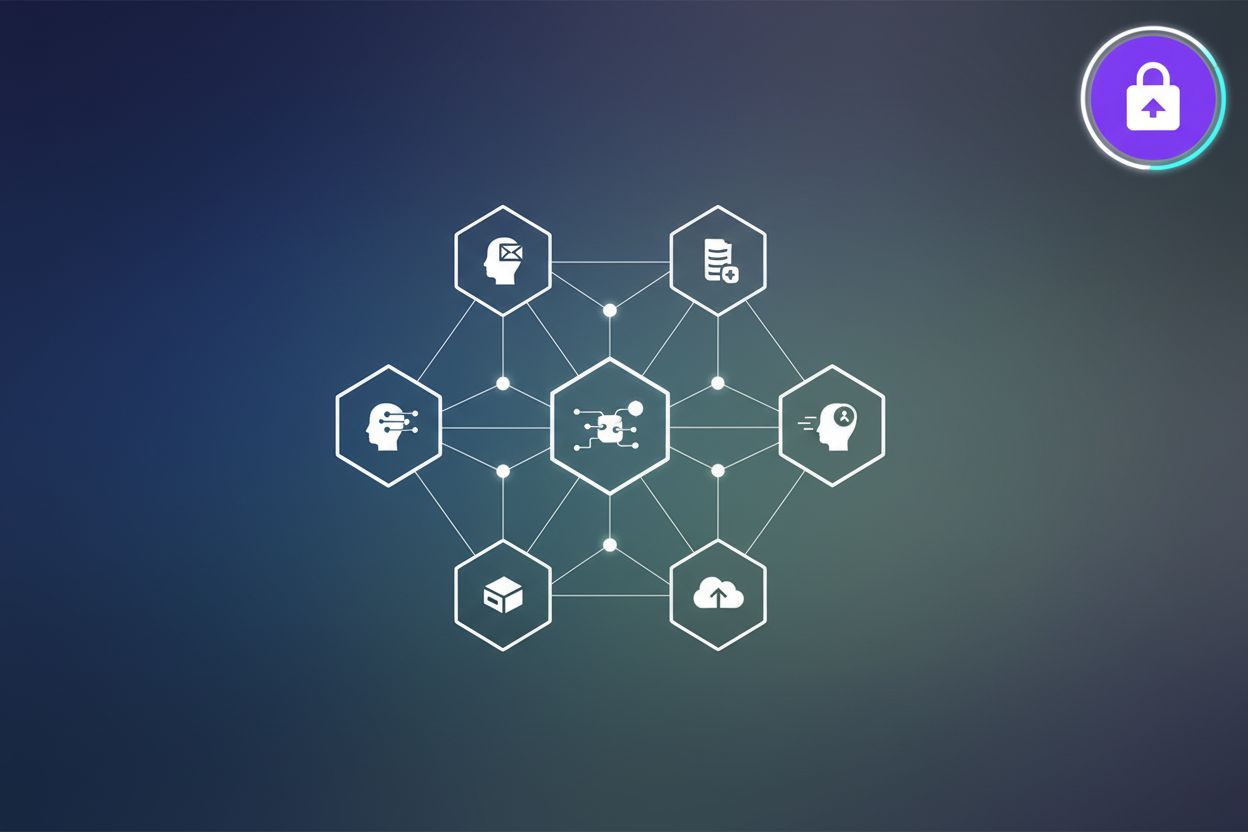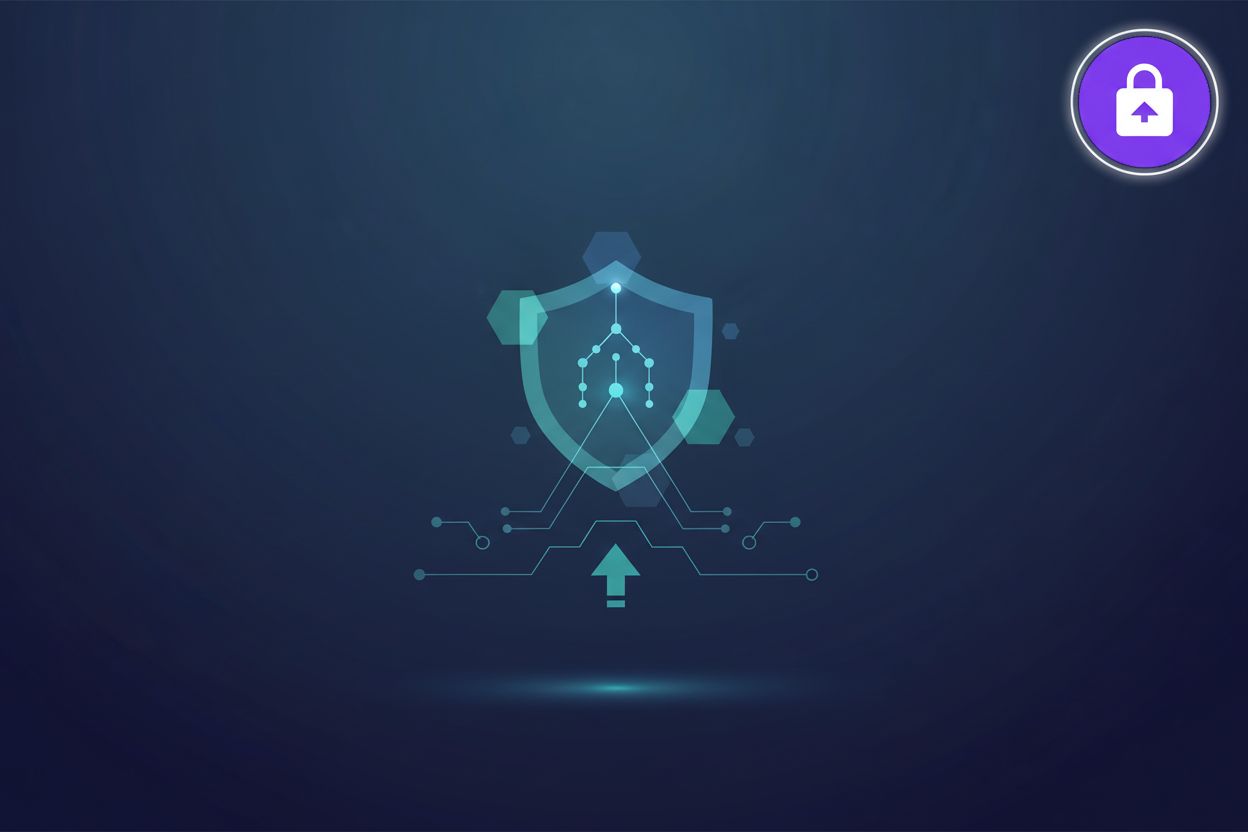Passwordless Authentication with Biometrics and FIDO2
TL;DR
The Rise of Passwordless: Why Now?
Okay, so passwords, am I right? What a pain! Seems like everyone's ditching them these days, and for good reason.
- Passwords? They're basically security holes waiting to happen. People reuse them everywhere, making breaches way too easy. (8 Scary Statistics about the Password Reuse Problem - Enzoic)
- Then you got the whole user frustration thing. Who can remember a million complex passwords? It's a user experience nightmare that’s costing companies money. (What is Password Fatigue and How to Fix It? - AuthX)
- And for it teams, password management is a huge time sink. Password resets, account lockouts--it's endless. (ENDLESS LOOP TO RESET PASSWORD NEVER GIVING ...)
- Lastly, there's compliance. Regulations are getting stricter, and weak passwords just don't cut it anymore.
Passwordless authentication is really taking off; i think it's the future. It's all about ditching those passwords for better options.
- Security gets a major boost with multi-factor authentication (mfa) and biometrics. It's way harder for hackers to get through.
- Users love it too. Logging in gets way easier and faster, which makes for a much better experience.
- And imagine the it savings! No more password resets or account management headaches.
- Plus, it helps with compliance, keeping you on the right side of data protection laws.
A recent Statista survey shows that one-third of respondents plan to adopt passwordless authentication soon. Statista - Provides data on the increasing adoption of passwordless authentication methods.
So, how does this work in practice? Well, Microsoft Entra id integrates several passwordless authentication options, including Windows Hello for Business, the Microsoft Authenticator app, and passkeys (fido2). Microsoft - This article discusses the different passwordless authentication options that Microsoft Entra ID integrates.
Ready to dive deeper? Biometrics are a key technology enabling passwordless authentication, so let's explore them next.
Biometric Authentication: What You Need to Know
Okay, so you're thinking about biometrics? Cool, it's way more than just unlocking your phone these days. It's becoming a serious contender in the passwordless world.
Biometric authentication uses your unique biological traits like fingerprints, faces, or even your voice to verify who you are. It’s all about something you are, ditching the whole "what you know" (passwords) thing.
- Super Secure: It makes it really hard for hackers to impersonate you, because, well, they can't exactly steal your face, can they?
- User-Friendly: Let's be real; it's way easier than typing in some crazy password. Plus, it's usually faster too.
- Versatile: You can use it on your phone, computer, at work, even at the bank. It's pretty flexible.
- Microsoft highlights that biometrics can be combined with "something you have" like a security key or phone to create passwordless authentication. Microsoft Entra ID facilitates this by allowing users to register multiple authentication methods, including biometrics and hardware security keys, for a seamless passwordless sign-in experience. This approach leverages both "something you are" (biometrics) and "something you have" (Windows 10 Device, phone, or security key).
Think about unlocking your smartphone with your fingerprint or face – that's biometrics in action. Banks are using voice recognition for phone support, and some hospitals use iris scans to access patient records. Even retailers are experimenting with facial recognition for faster checkouts.
Okay, so there are a few things to consider, like, what happens if your biometric data gets hacked? Also, some people are worried about privacy, especially with facial recognition. It's important to make sure companies are handling this data responsibly and ethically.
FIDO2: The Gold Standard for Passwordless
FIDO2, huh? You might be thinking, "Another tech acronym I gotta learn?" But trust me, this one's worth it. It's shaping up to be the gold standard for passwordless security.
So, what makes fido2 so special? Well, it's not just one thing, but a combination of factors:
- Phishing-Resistant: Unlike passwords, fido2 uses cryptographic keys that are tied to specific websites. This makes it nearly impossible for phishing attacks to steal your credentials. You know, because those keys are kinda useless anywhere else. The Relying Party (the website or service you're logging into) plays a key role here, as the FIDO2 protocol ensures that the cryptographic keys are only used for the intended origin, making it incredibly difficult for attackers to trick users.
- User-Friendly: Logging in with fido2 is usually as simple as using a fingerprint scanner or a security key. No more wracking your brain trying to remember that one password you set like, five years ago.
- Strong Security: fido2 is based on public-key cryptography, which is way more secure than traditional password-based systems. Plus, the private key never leaves your device, so even if a website gets hacked, your credentials are safe.
- Open Standard: fido2 is an open standard, which means it's supported by a wide range of devices and platforms. That's good news for everyone, right? Microsoft is already on board, integrating fido2 passkeys into their Entra id platform. As mentioned earlier, this offers users a way more secure sign-in option.
Think about using Windows Hello to unlock your computer. That's biometrics, and your device is the "something you have" that securely stores the fido2 credentials, creating passwordless authentication, Microsoft says. And it's all thanks to stuff like fido2 under the hood.
Biometrics and FIDO2: A Powerful Combination
Alright, so you're thinking about combining biometrics and fido2? It's kinda like peanut butter and jelly – two great things that are even better together.
Biometrics, like fingerprints or facial recognition, can act as a FIDO2 authenticator, verifying the user's identity as part of the FIDO2 authentication flow. For instance, a fingerprint scan on your device or security key unlocks the FIDO2 authenticator, which then completes the FIDO2 process.
This is especially useful for shared devices, where you need that extra assurance that the right person is logging in. Think about hospitals where multiple staff members use the same workstations – biometrics ensure only authorized personnel access patient data.
Combining biometrics with other factors for multi-factor authentication (MFA) takes security up a notch. Imagine using a fingerprint and a security key to log in.
It's like having two locks on your front door, making it way harder for attackers to get through.
Combining biometrics with fido2 can actually make things easier for users. Instead of typing in a pin or password for your security key, a quick fingerprint scan gets you in.
Challenges and Future Trends
Okay, so you're all in on biometrics and fido2, but what's next on the horizon? It's not all sunshine and roses, there's still stuff to figure out.
- Compatibility can be a pain; it's not always easy getting all these new systems working with older ones, and you might run into issues with legacy apps and hardware. For example, older browsers might not support the WebAuthn API required for FIDO2, or legacy systems may lack the necessary drivers or firmware updates to interact with modern security keys.
- getting your team and users onboard requires effort; training, support, and clear communication is key. Users might be accustomed to passwords and need education on why they're being replaced, and they'll need guidance on how to use new authenticators like security keys or biometric prompts effectively and securely.
- then there's security and privacy; protecting biometric data and fido2 keys is super important, and you need to be transparent about how you're handling it. Biometric data is typically protected through on-device processing and encryption, while fido2 keys use secure hardware that never leaves the device. Transparency means having clear privacy policies and giving users control over their data.
So, what is next? Let's jump into the future trends.
- Increased adoption of passkeys: We'll see more services supporting passkeys, making it even easier for users to switch from passwords.
- Biometric fusion: Combining multiple biometric factors (like fingerprint and facial recognition) for even stronger authentication.
- Broader device support: FIDO2 and passwordless solutions will become more integrated across a wider range of devices and operating systems.
- Enhanced user experience: Continued focus on making passwordless authentication seamless and intuitive for everyone.
Conclusion: Embracing a Passwordless Future
Okay, so ditching passwords? Sounds good, right? It's like trading a rusty lock for a high-tech vault.
- Passwordless boosts security; no passwords to steal, duh!
- Plus, it's way easier for users; fingerprint, boom, you're in.
- It is reducing it costs too, less password resets, less headaches.
Ready for a future where logging in doesn't suck?





